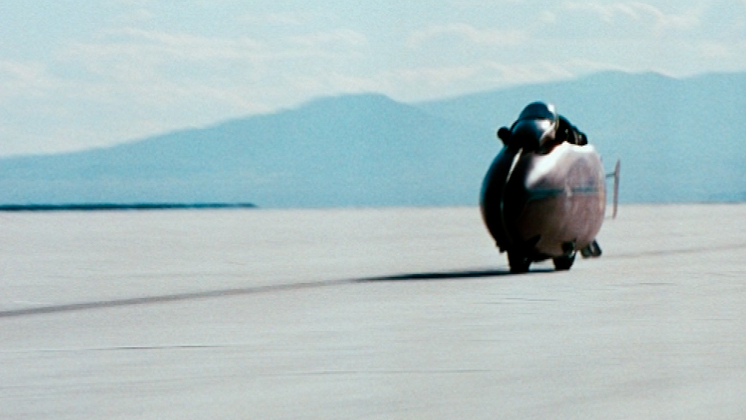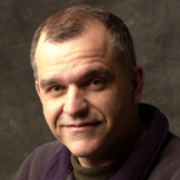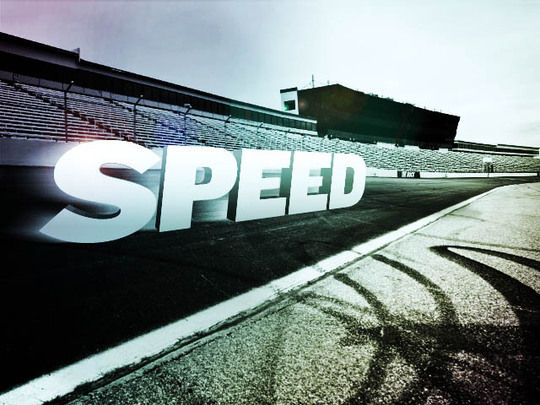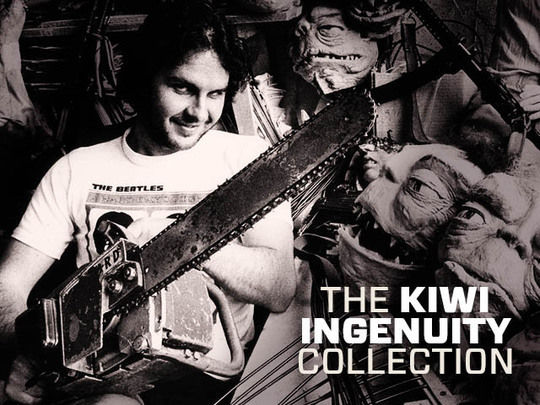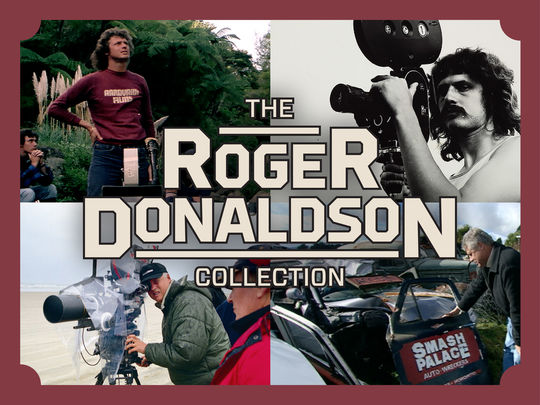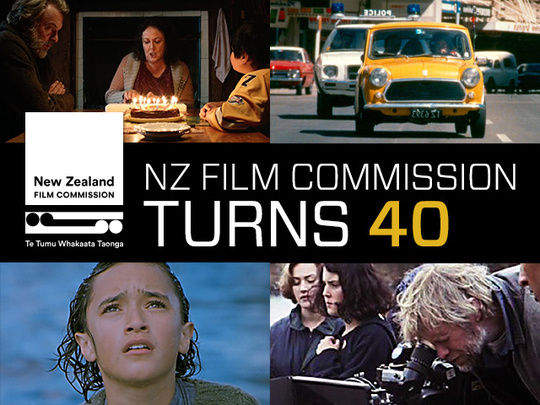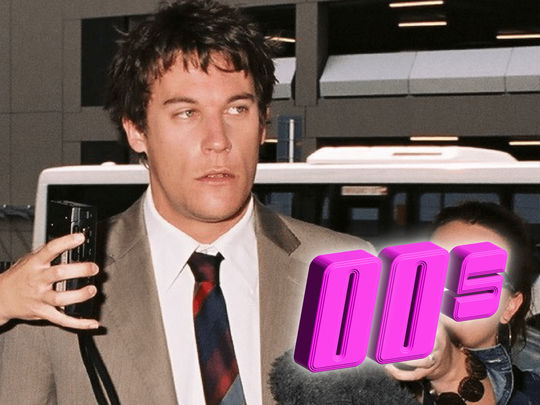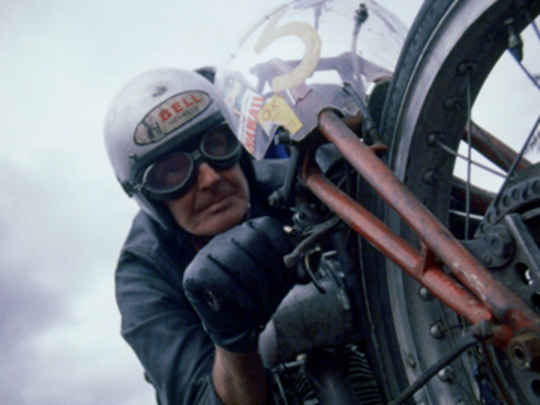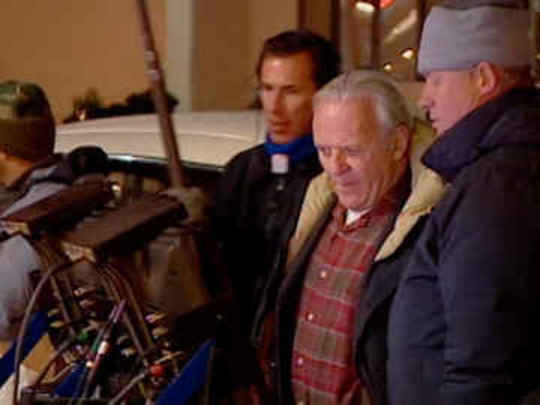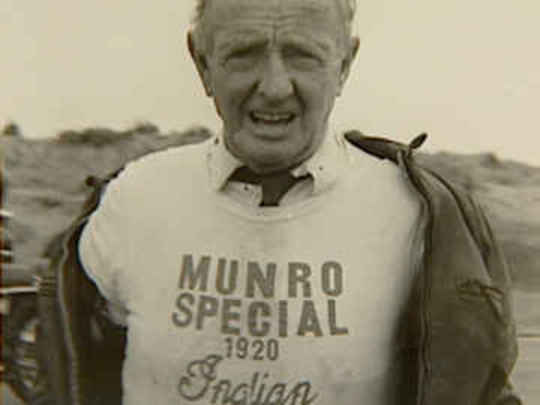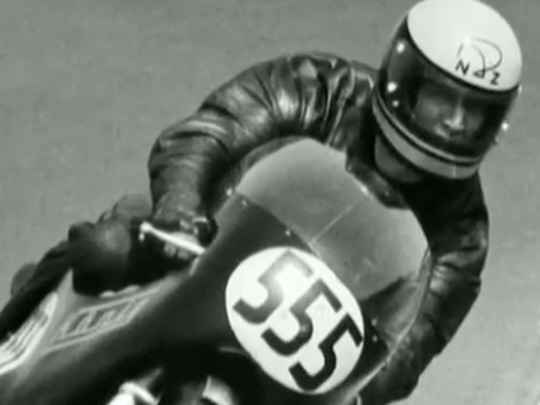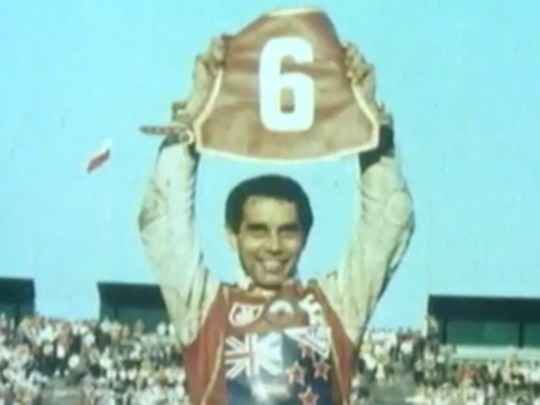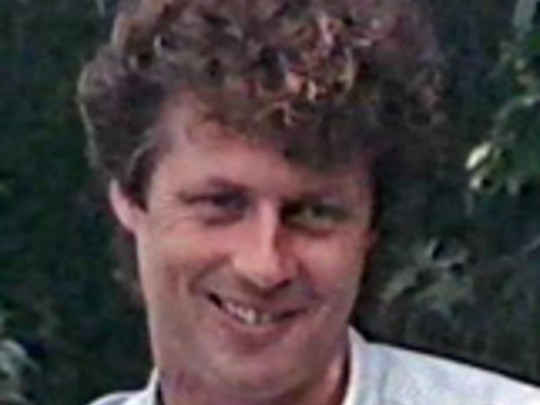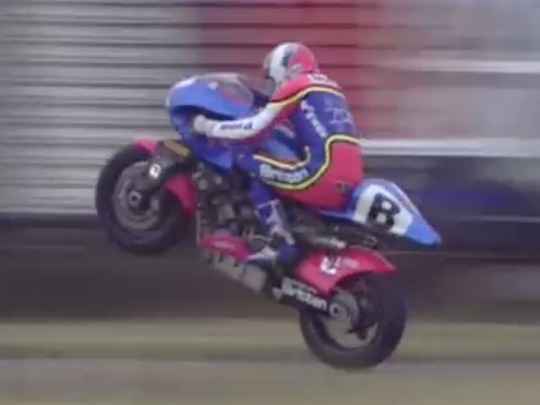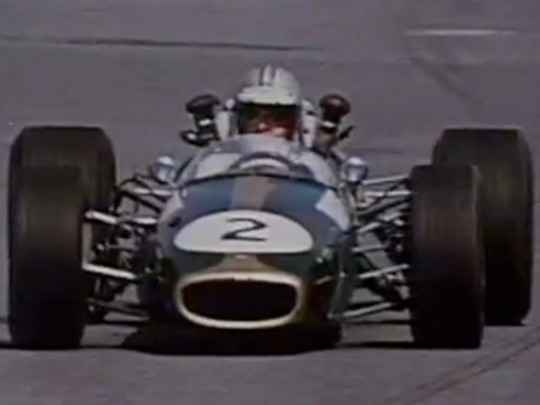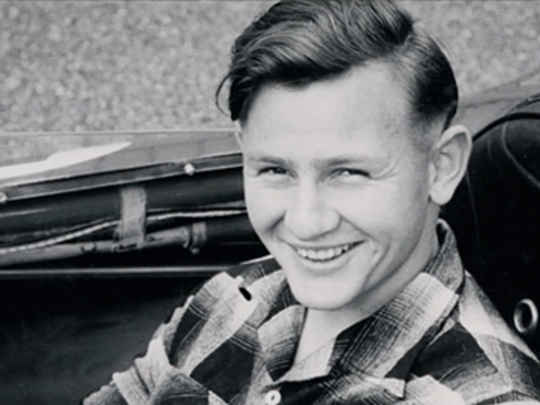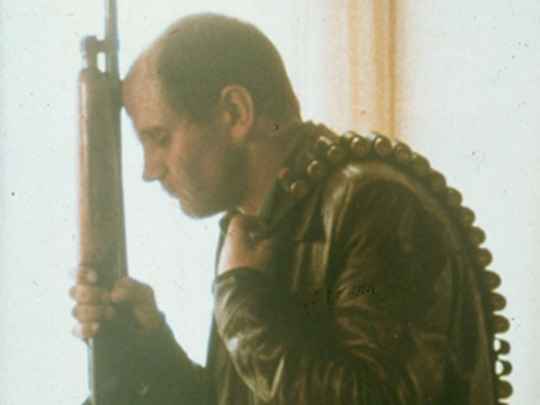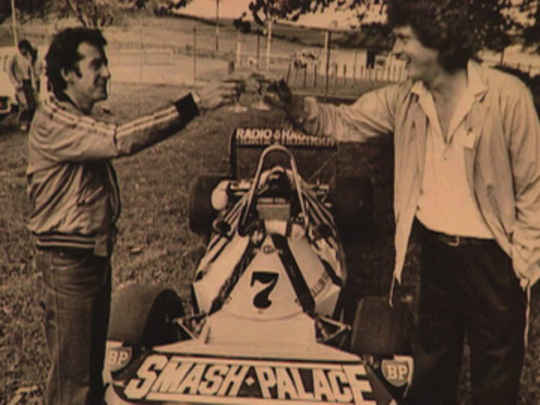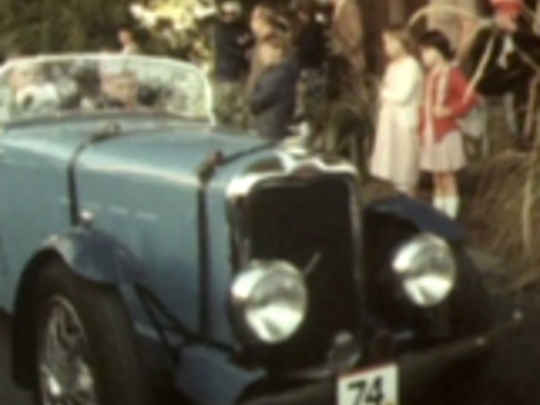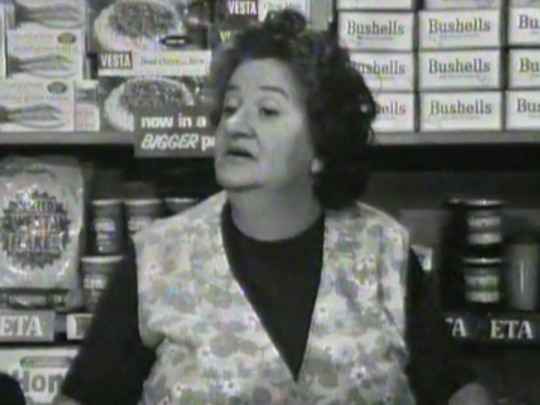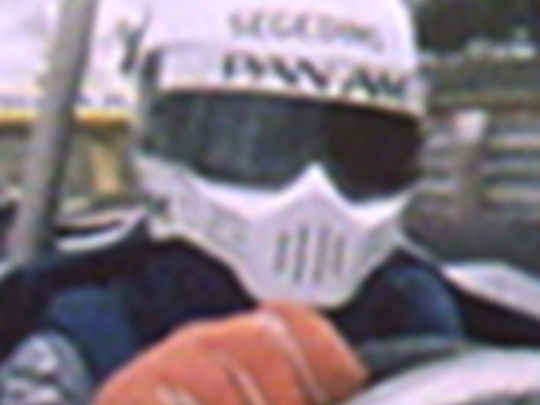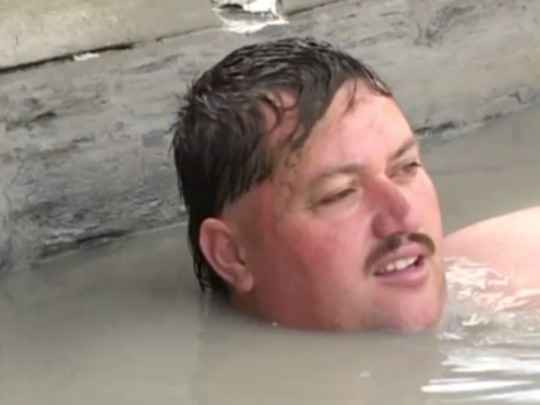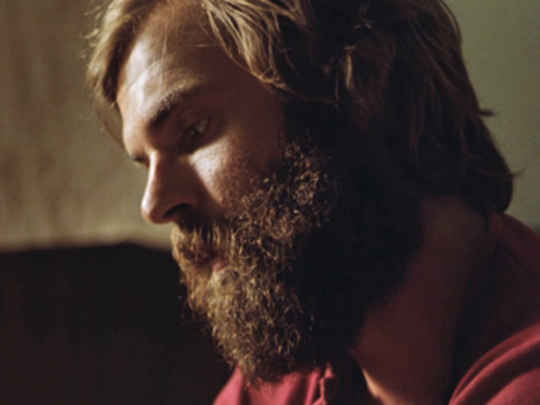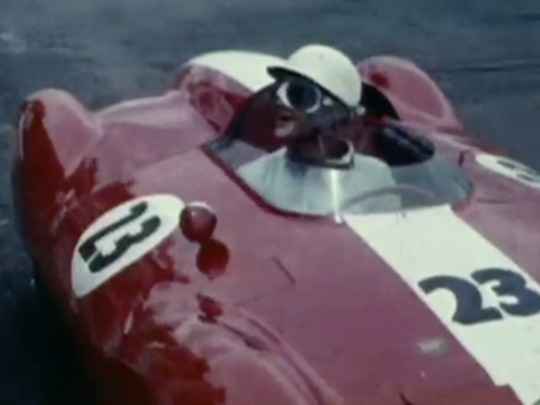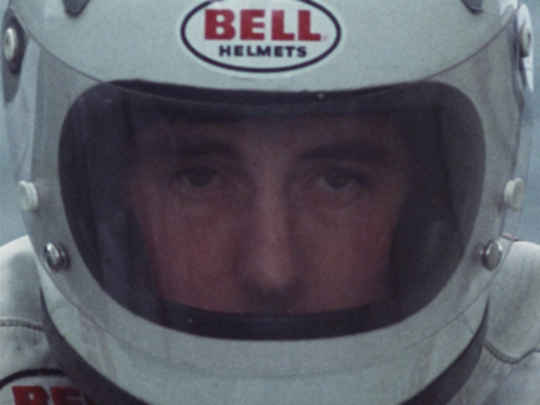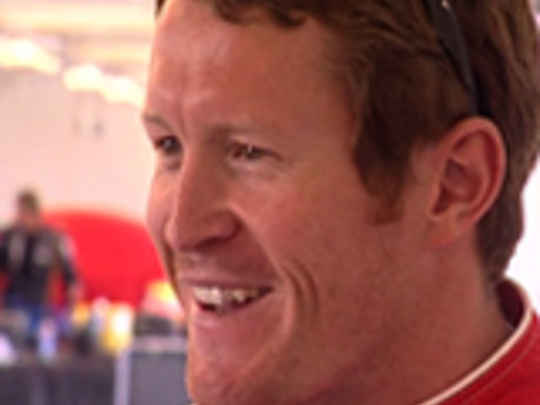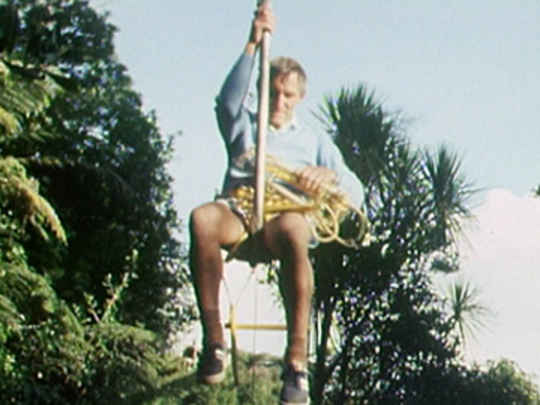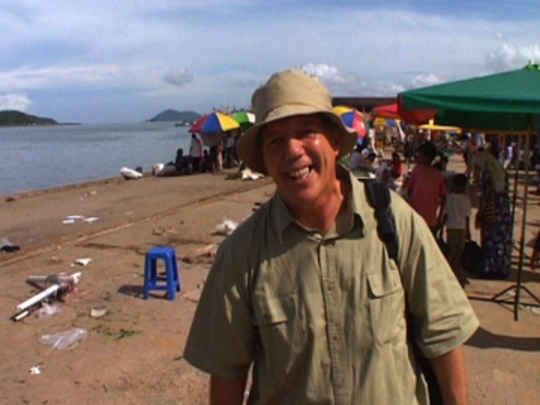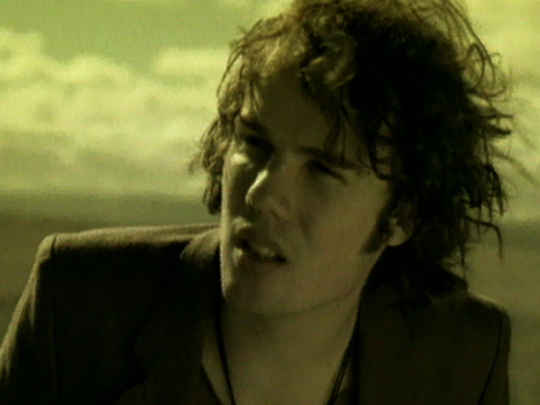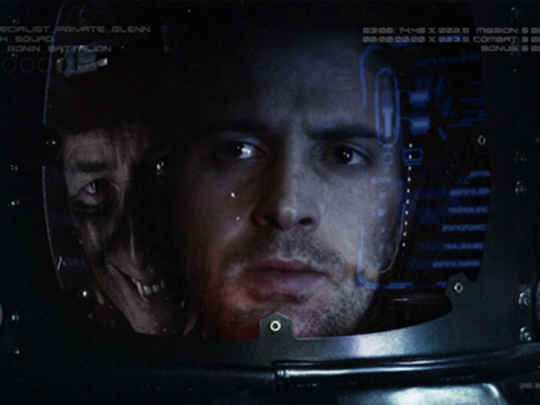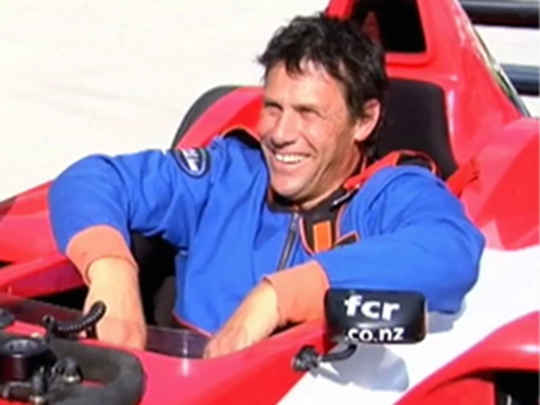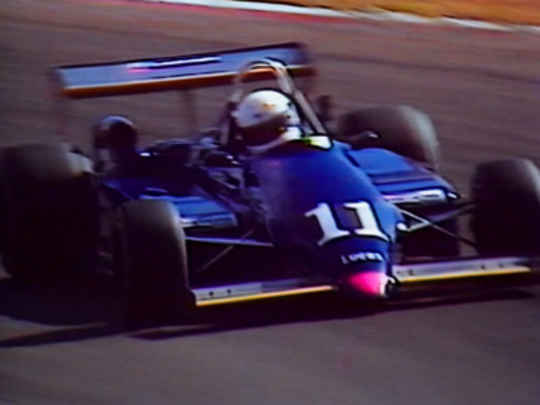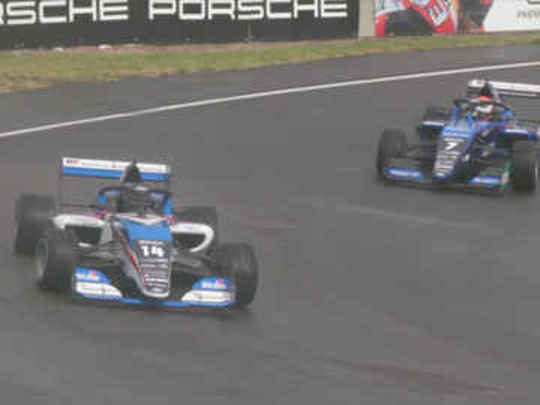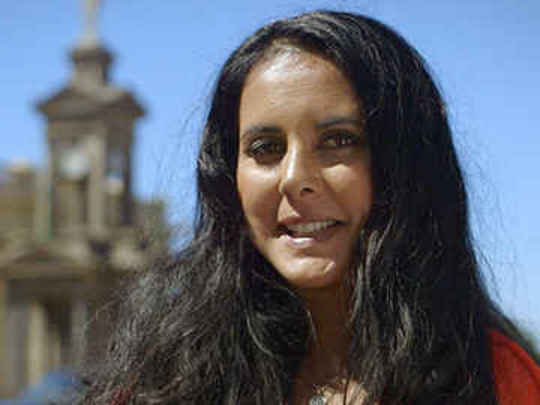The trailer for this feature film
An 11 minute excerpt from this feature film
Part one of five from the film's making-of special
Part five of five from the film's making-of special
Part three of five from the film's making-of special
The credits for this feature film
Part four of five from the film's making-of special
Part two of five from the film's making-of special
The World's Fastest Indian
Film (Trailer, Excerpts, and Extras) – 2005
A Perspective
In 1983, Roger Donaldson spent several months shooting The Bounty (the fifth remake of the infamous mutiny story; Donaldson describes the experience in this Kaleidoscope documentary). Tension between the young director and his leading man Anthony Hopkins made the atmosphere aboard the floating film set unpleasant. Donaldson says, "It's no secret that Anthony and I were ready to kill each other when we were doing The Bounty".
Twenty three years, and many movies later, both men were in a mood to be magnanimous. Donaldson conceded, "I guess in retrospect, I realise how much it takes to produce a performance like he did with William Bligh." While Hopkins said, "Yeah, we didn't get on too well ... I was younger then and when you're younger you have bigger ideas for everything".
The occasion for their rapprochement was a film that had been percolating in Donaldson's mind for a very long time indeed.
In 1971, at the dawn of his directing career, he shot a documentary called Offerings to the God of Speed. The subject was Burt Munro, a character of advanced age and obsessive personality, who had driven his even older vintage Indian motorbike to record breaking speeds on the salt flats of Utah. The subject stuck with Donaldson long after he finished the documentary. In the early 1980s, it was in development as a feature film. Donaldson hoped The World's Fastest Indian would be his follow-up to Smash Palace, but a busy career in Hollywood beckoned, and the project went on hold.
Donaldson and Hopkins' new collaboration was an altogether happier affair, for them, and for the audience.
Indian is a charming film, in the best sense of the word. It has a predictable feel-good narrative arc which seems a little episodic first time around, but repeat viewings show its strengths.
Donaldson's script is spare and engaging, and his filmmaking completely confident without any hint of showing off. Whether it's the grey suburbia of Invercargill, windswept southern beaches, the warmth of Los Angeles, or the startling Polaroid blue skies of Bonneville, Donaldson's team create a vivid and authentic stage for a great actor to do his stuff.
It's easier to appreciate what an amazing performance Hopkins gives after seeing Donaldson's original documentary. Whatever the vagaries of his accent (a curious amalgam of Welsh, Midwest, Otago, and Timbuktu), it's clear that Hopkins is channeling the essence of Burt.
"All my life I've wanted to do something big ... something bigger and better than all the other jokers."
It's the essence of the ultimate Kiwi hero. A quiet bloke, who keeps to himself, and does not blow his own horn; but a good bloke, good with the sheilas, good to his mates. Man Alone with a machine. In keeping with the mythical archetype, he's also an eccentric, ‘a bit of a dagg', a ‘man apart' who keep his unruly lawn under control by setting a match to it. Two or three degrees to the left or right, and this is a character who might run amuck with a loaded rifle.
But he doesn't. He tinkers in a shed instead, and comes up with a fire breathing bike that beats the best in the world. Kiwis love these stories, and these characters. And they're even better when they're true.
Todd McCarthy in his Variety review described Burt as "like a geriatric Rocky on wheels", which about sums it up!
The World's Fastest Indian has sold nearly 600,000 DVDs in the US [as of 2010]. It took top spot at the New Zealand box office in its first week of release, and went on to gross over $7 million at the local box office, leaving Once Were Warriors in its exhaust to become the highest grossing New Zealand story up to that date ... at least until the arrival of Taika Waititi's Boy.
